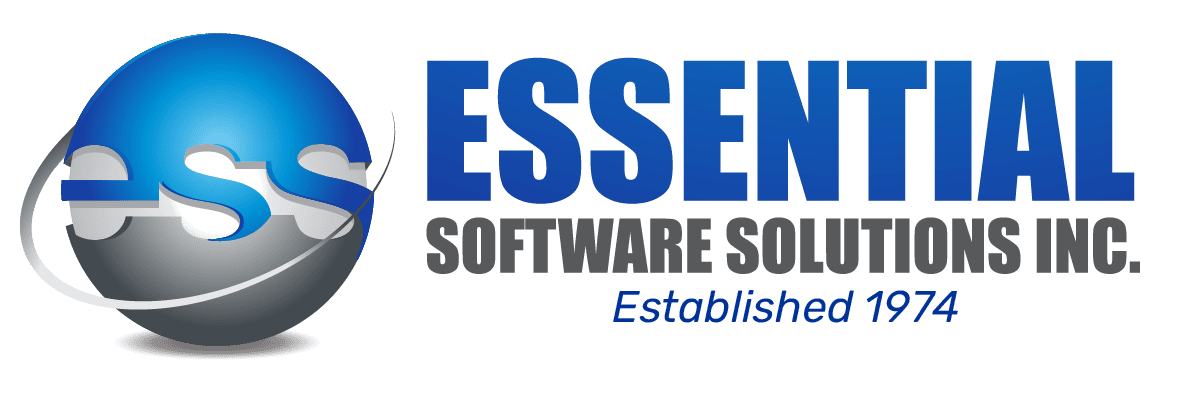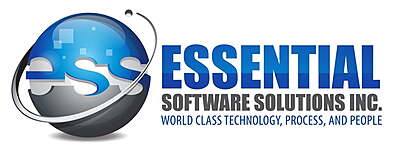When scaling a manufacturing or distribution business, choosing the right software can significantly impact your efficiency, scalability, and overall success. Two common software solutions often considered are Material Requirements Planning (MRP) and Enterprise Resource Planning (ERP). While both streamline and automate business operations, they serve distinct roles. Here's a comprehensive comparison to help you select the right solution for your needs.
MRP and ERP
What is MRP (Material Requirements Planning)?
MRP, or Material Requirements Planning, originated in the mid-20th century to streamline manufacturing processes. First MRP systems were designed to calculate material requirements with production capacities and bills of materials (BOM). Modern MRPs, however, are based on Manufacturing Resource Planning (MRP II), providing comprehensive solutions for managing production, inventory, procurement, and other manufacturing-specific processes.
Functionalities of MRP Systems
- Inventory Management: Track inventory levels and movement, avoiding both stockouts and overstocking.
- Order Management: Generate and track purchase, manufacturing, and customer orders.
- Traceability and Reporting: Track items by serial number or batch, monitor work-in-progress, and generate detailed analytics.
- Shop Floor Management: Oversee workstations, employees, and material consumption.
What is ERP (Enterprise Resource Planning)?
ERP, or Enterprise Resource Planning, integrates all business processes within a unified platform, encompassing not only manufacturing but also finance, human resources, supply chain, and customer relations. ERPs provide an integrated approach to managing entire organizations, enhancing operational visibility and enabling informed decision-making.
Functionalities of ERP Systems
- Manufacturing Capabilities: Advanced functionalities to manage product lifecycle comprehensively.
- Real-Time Analytics: Constant access to updated data for improved decision-making and planning.
- Financial Management: Cost accounting, budgeting, cash flow analysis, and expense monitoring.
- Extensive Integrations: Broad connectivity with third-party apps and services across various business functions.
Comparison of MRP and ERP
Similarities
- Data Centralization: All operations can be visible from one source.
- Cloud-Based Solutions: Typically offer SaaS (Software as a Service) models, ensuring flexibility and scalability.
- Inventory and Production Management: Offer robust tools to manage inventory levels and production schedules.
- Advanced Analytics: Include capabilities to facilitate strategic decision-making based on comprehensive data insights.
Differences
Choosing Between MRP and ERP
Your decision between MRP and ERP should consider factors like your business size, complexity of operations, budget, and long-term scaling ambitions:
- Small and Scaling Businesses: May find MRP sufficient, focusing on manufacturing and inventory management.
- Complex and Growing Businesses: May benefit from ERP systems' comprehensive integration of financial, HR, CRM, and manufacturing modules.











